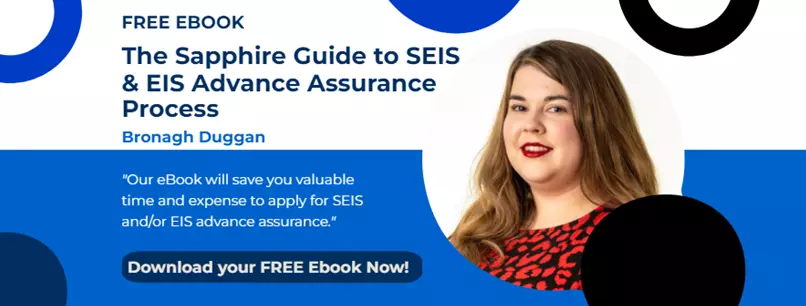 The government is committed to providing continued support for small and growing businesses, and is doing this through the set up and expansion of tax advantaged venture capital schemes: Seed EIS, EIS, VCT, and SITR. The tax reliefs are available to all individuals with taxable UK income and so far the government have supported over 22,000 businesses with over £17.5 billion of funding provided.
The government is committed to providing continued support for small and growing businesses, and is doing this through the set up and expansion of tax advantaged venture capital schemes: Seed EIS, EIS, VCT, and SITR. The tax reliefs are available to all individuals with taxable UK income and so far the government have supported over 22,000 businesses with over £17.5 billion of funding provided.
But are these schemes effective?
This is one of the key questions which the government was keen to answer in the public consultation which ran from July – September 2014.
In the response consultation paper "Tax advantaged venture capital schemes", published in July 2015 the government concluded that the schemes are effective, and that their ongoing oversight and review will ensure that the schemes remain effective and well-targeted.
So that’s great news for you if you are trying to establish and/or grow your fledgling company. Not only do you have government support in your venture, you also have the knowledge that these schemes are providing healthy returns for investors and are working as intended. /blog/seis-versus-eis-a-visual-comparison
Within the paper the government states that the guiding principles behind these schemes are that they remain:
• effective
• targeted
• affordable
• straightforward to administer
• sustainable
• not subject to abuse.
In considering the effectiveness of the schemes they considered a number of questions such as:
Are the types of investor using the venture capital tax reliefs changing?
Is the lack of a minimum investment limit for SEIS, EIS, and VCTs a help or a hindrance?
Do the current mechanisms for claiming tax relief create difficulties?
They found that the schemes are generally used by wealthy individuals who often invest though wealth managers, and have sought advice from independent financial advisers. It was however noted that there had been an increase in the number of young investors, who were attracted by the benefits of these schemes and the performance of VCTs. This raises concerns as the less experienced investors may not fully understand the risks involved in investing in such companies.
It was clear that the absence of a minimum investment limit was found to be beneficial and had helped to attract new investors.
Scheme rules were found to be complex and cumbersome, with most businesses requiring professional advice which was adding further cost at the difficult set up period.
The actual process for claiming relief worked well. They did consider whether tax relief should be available on EIS investments immediately after the company commenced trading rather than having to wait for four months, but rejected this as they believe that the four month rule is important to ensure that the reliefs remain well-targeted and are not subject to misuse.
Public opinion endorsed the use an electronic version of the SEIS and EIS forms. The government have already actioned this in the 2014 Autumn Statement 2014, with an announcement on the planned introduction of a new digital process for using SEIS, EIS and the SITR by the end of 2016.
With government keen to listen to public opinion and showing their continuing support for these schemes, there really has never been a better time to turn that innovative idea into a business, or to invest into a business that you believe in.
If you would like our help please contact us at Sapphire Capital Partners LLP.
We are happy to help.

